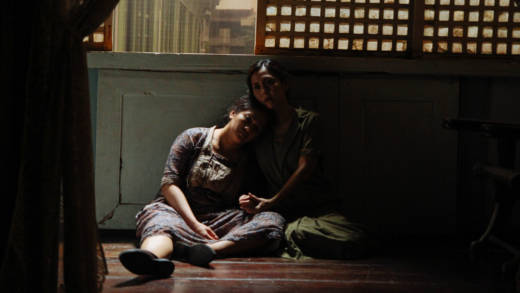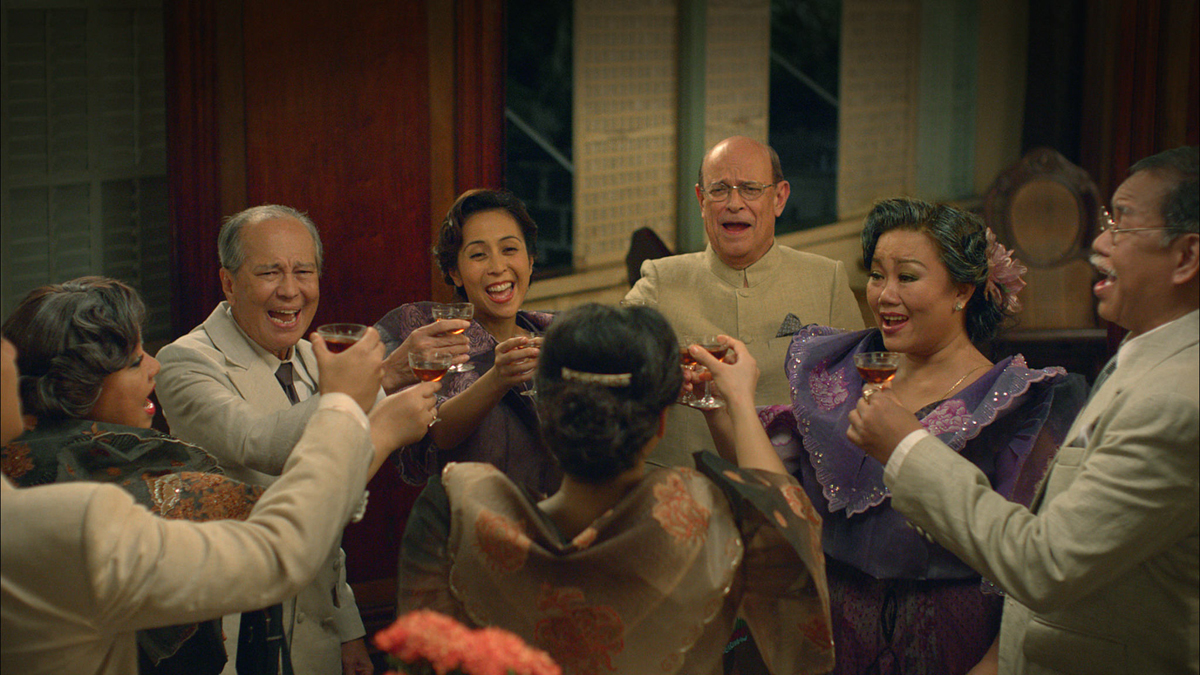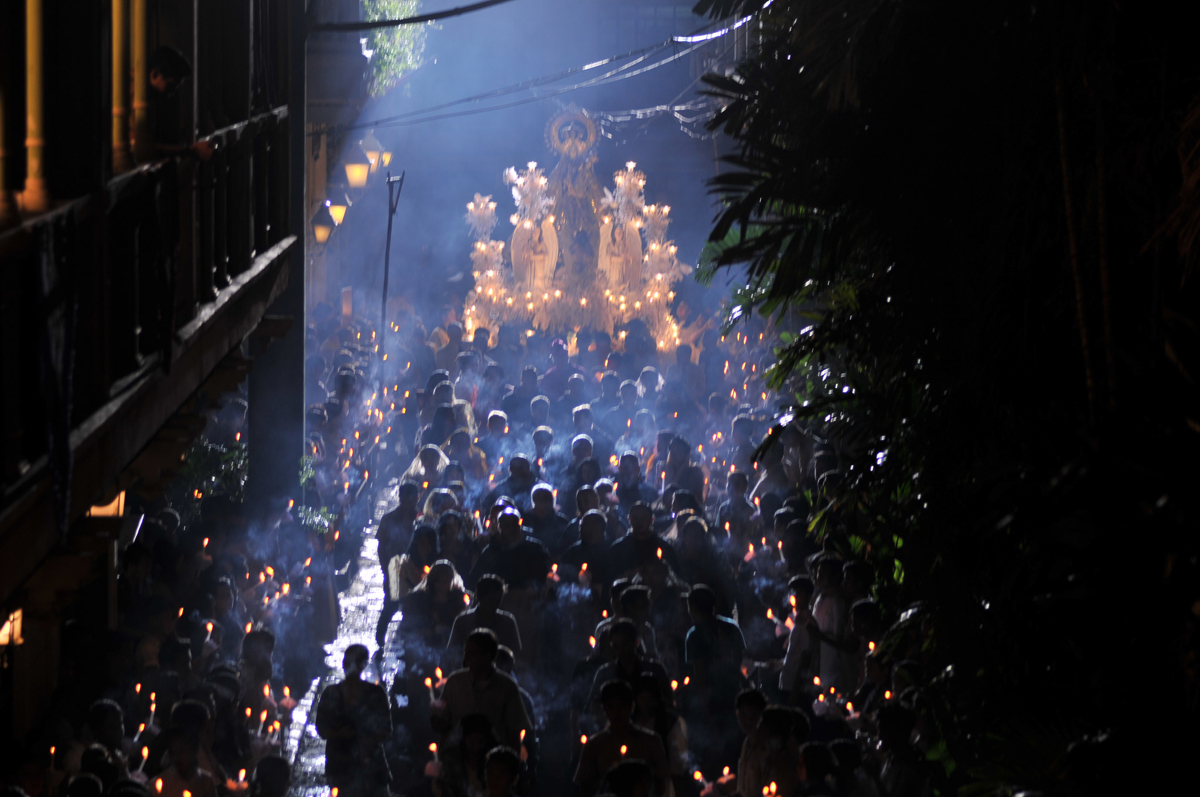So far, Hollywood hasn’t figured out how to bring the movie musical into the 21st century. From the razzmatazz of Moulin Rouge to the retro aspirations of La La Land, filmmakers have shoehorned bankable stars into productions whose glitz cannot elevate formulaic story lines and uninspired scores.
Maybe they should take a leaf from the distinguished team that has brought the classic Filipino play Ang Larawan (The Portrait) to the screen. Having just romped off with six major awards at the Metro Manila Film Festival (MMFF), including Best Picture and Best Musical Score, this lustrous gem of a film screens at the San Francisco Film Society Cinema on Jan. 11 and in other Bay Area theaters Jan. 12-18.
Ang Larawan follows a pair of genteel spinsters who go to shocking lengths to prevent the exhibition or sale of a self-portrait by their reclusive father, renowned society painter Don Lorenzo Marasigan. The Marasigan family’s grand but decaying home — recreated in exquisite detail — lies in Intramuros, the ancient walled city at the heart of Manila, that will shortly be decimated in the second World War.
The movie can be appreciated as a period piece rife with nostalgia for a high-minded, Spanish-influenced culture that was rapidly eroding under the crass, freewheeling mercantilism of the American regime. But the play, written in English around 1951 by playwright and social commentator Nick Joaquin and originally titled A Portrait of the Artist as Filipino, also asks what it means to be Filipino — not just in the American Commonwealth era, but through generations scarred by one oppressive regime after another.





